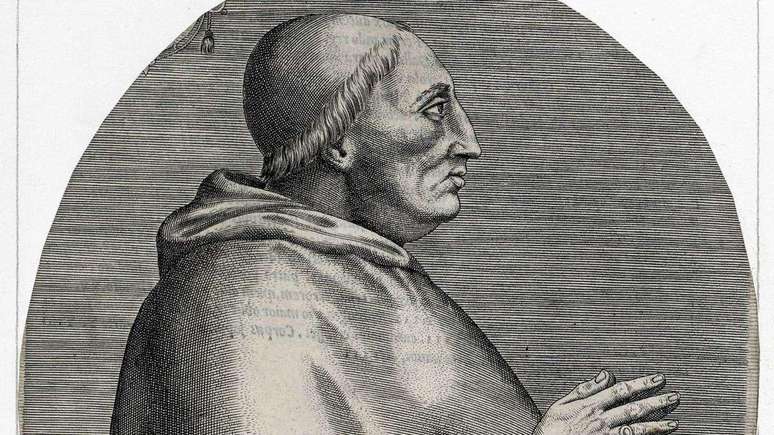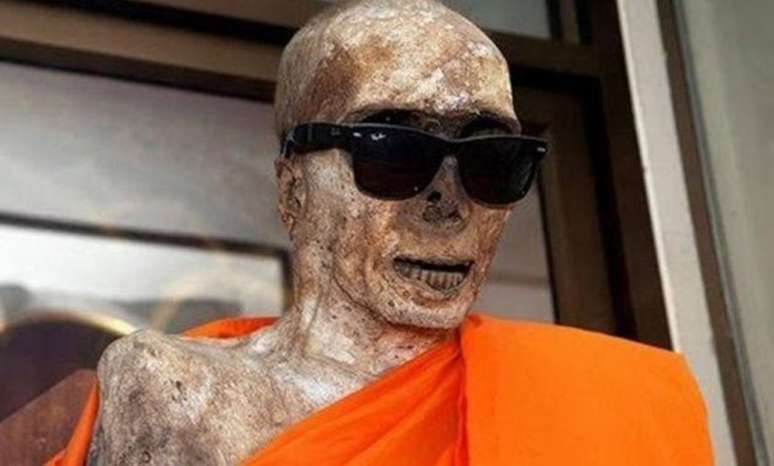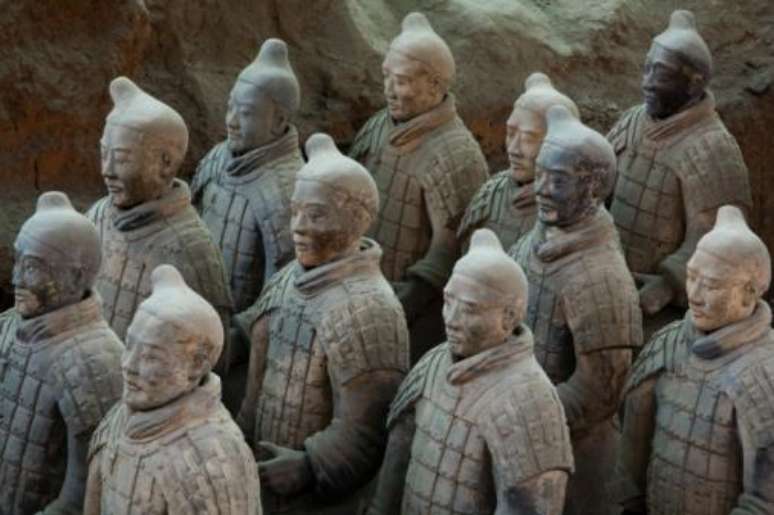Aging is a natural path in the life of all people, but there are those who refuse to follow the cycle and try to bypass this process at any cost. One of the most popular solutions nowadays is to resort to plastic surgery, but in the past things were different.
Throughout history, we have managed to find several people who have done everything to find a fountain of youth and even seek immortality. It is precisely some of these cases that we will talk about in the following lines.
1. Qin Shin Huang
Qin Shi Huang was a Chinese emperor who unsuccessfully tried to find a potion that would make him live eternally. His thirst for this purpose was so great that he even made a nationwide appeal for everyone to help him in this mission.
The entire route of this mission was recorded on 36 thousand wooden slats in ancient calligraphy, and many carried messages in response to this decree from the emperor. All the documents were in an abandoned well in Hunan city.
In one of these attempts, he is estimated to have consumed cinnabar (also known as mercuric sulfide) and possibly died from it at the age of 49. However, this would not be the only report associated with his name, since in 1974 some farmers found his tomb guarded by 8,000 life-size terracotta statues.
2. Pope Innocent VIII

Blood is a common element in science fiction when talking about immortality. Extrapolating from what we have seen in the books, some people attempted to drink this red liquid in an attempt to stay alive eternally, and one of these was Pope Innocent VIII.
The writings report that the first blood transfusion in history occurred in 1492, and the pontiff took responsibility for receiving these “donations”. And yes, we have to leave the term in quotes here, since apparently the donors were forced to do so.
Things only get worse when we realize that he has recruited a Jewish physicist to save his life, already hanging by a thread in 1492, with one last resort: taking the blood of three children and performing a transfusion.
The boys in question died in the process. Another point is that the Pope apparently ended up drinking the liquid to save himself – and not receive a conventional transfusion – but this didn’t help much: he died a few days after this act, on 25 July 1492.
3. Diana of Poitiers

Diana of Poitiers was a wealthy woman who lived in the 16th century and had considerable influence as she was the mistress of King Henry II. For this reason, it was common to receive various material goods and luxuries shared with friends and family.
Since beauty was one of her main attractions, her intention in life was to stay young. Some reports even indicate that although she lived to be 66, she Diane did not look that age and she had youthful features.
To maintain his youth, however, he took a somewhat risky approach: drinking gold. This, in fact, was a ritual among some peoples who lived in Egypt, where it was common to drink “golden water” with the expectation that it would bring longevity to those who consumed it.
In Diane’s case, this was discovered many centuries after her death, as her hair had high levels of gold. This is a clear indication that her body suffered serious consequences of intoxication, which certainly led to her death.
4. Self-mummification of monks

We end this list with the case of not one person, but a group who attempted to follow a process of self-mummification between 1081 and 1903. During this period, approximately 30 Shingon monks performed a ritual known as sokushinbutsuJapanese word representing a method of mummification.
Complying with this process was not an easy task, as they had to follow a diet known as mokujiki. It basically involves eating tree roots, bark, pine cones, nuts and some fruits, with the aim of removing fat and muscle from the body.
Since this diet also helps the body avoid the decomposition process by preventing the formation of bacteria, the mummification process tends to actually occur. However, it is necessary to follow this diet for up to 1,000 days, and then live in seclusion in the mountains for another 4,000 days.
The last stage involves being buried in a coffin made from pine cones and bamboo containing a small hole to allow breathing. From time to time he would ring a bell to indicate to his followers that he was still alive, until the bell stopped, indicating his death.
Finally, the process still requires the bamboo used for breathing to be removed and the coffin to be sealed for another 1,000 days. After this period, the body was removed and examined, with two possibilities: being relocated if the monk showed signs of decomposition or receiving the glories of a true sokushinbutsu – something only 21 of them achieved.
Source: Terra
Ben Stock is a lifestyle journalist and author at Gossipify. He writes about topics such as health, wellness, travel, food and home decor. He provides practical advice and inspiration to improve well-being, keeps readers up to date with latest lifestyle news and trends, known for his engaging writing style, in-depth analysis and unique perspectives.




-tog6qwclp0tf.png)



